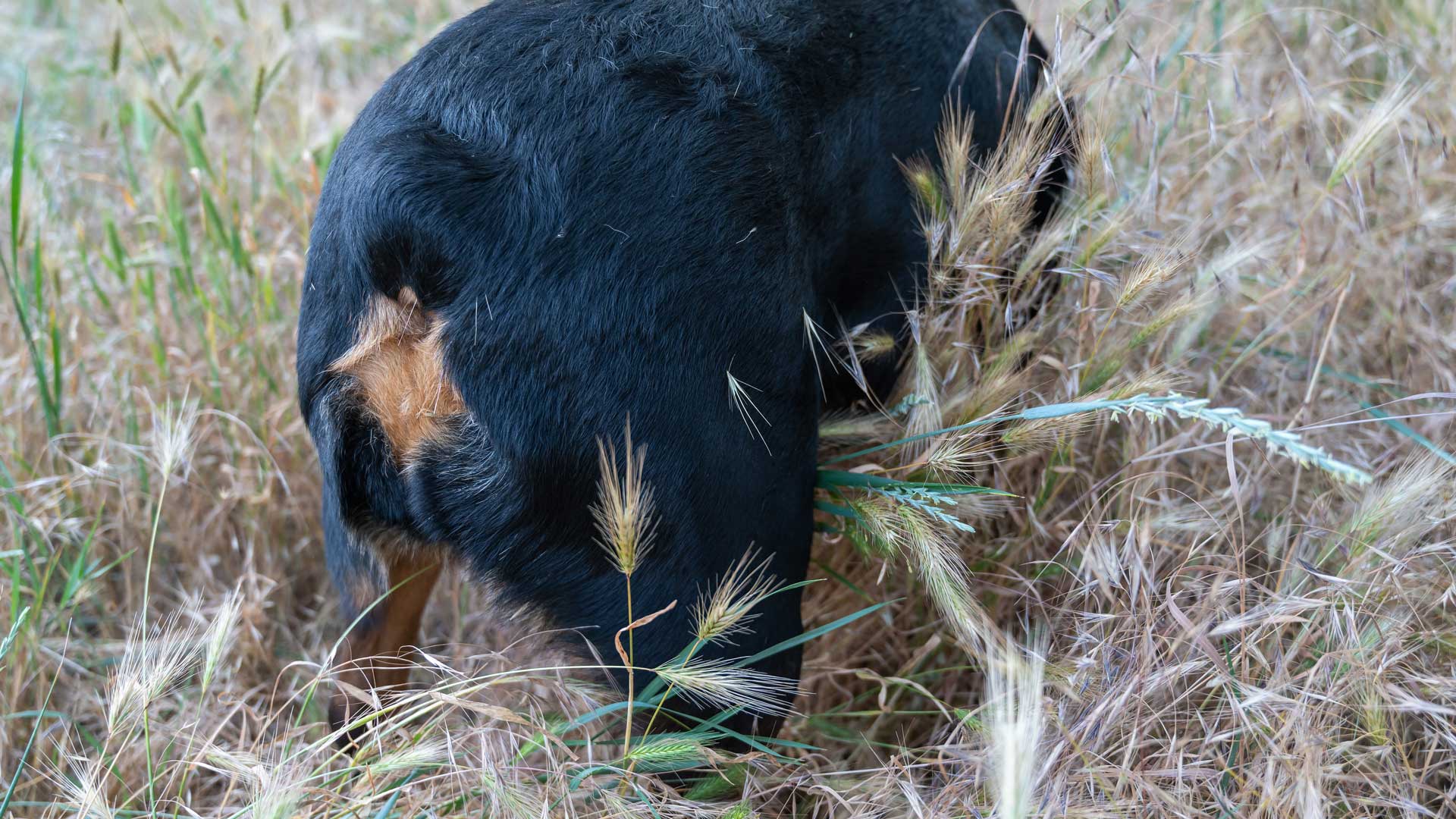why foxtails are a serious threat to your dog or cat
What are foxtails?
Foxtail, or spear grass, is a type of grass with a bushy and barbed head resembling a fox’s tail.
There are many types of foxtail grasses, including giant foxtail, yellow foxtail, and green foxtail, and they can be found in most parts of America, especially out West.
These grasses are often located in grassy fields, meadows, vacant lots, and along roadsides. Foxtails look innocent — sometimes they even look pretty — but they can be dangerous for your dog or cat.
Why foxtails are dangerous
The scary thing about these innocent-looking grasses is that the cluster of spikes at the top can get permanently stuck in your pet. You read that right. Because the grasses are sharp and barbed, they can easily burrow into your dog’s or cat’s body. Crazy, right? Foxtails can enter your pet’s body just by running or rummaging through areas where the grasses live. The spikes can enter through the nose, ears, mouth, and even through the skin.
Unfortunately, these spikes typically don’t go away on their own. They can wedge further into the dog’s or cat’s body and puncture soft tissues and organs. At this point, the grass barb will need to be surgically removed from your pet’s body to avoid causing serious infection, inflammation, and swelling.
But if the foxtail is caught before fully entering your pet’s body, it can often be manually removed with tweezers or thorough brushing (contact your vet first).
Signs your dog or cat has encountered foxtails
- Respiratory issues such as sneezing, coughing or trouble breathing (if your pet inhaled the foxtail)
- Wounds or abscesses if the foxtail entered through the skin
- Repeatedly licking or scratching a specific area of their body
- Discharge from eyes, nose, or ears
- Shaking their head or digging at the ears (if a foxtail is stuck inside)
- Severe swelling and redness of an eye (if a foxtail gets stuck under the eyelid)
How to keep your dog or cat safe from foxtails
We know this all sounds scary, but don’t fret. There are several ways you can keep your furry friend clear of foxtails.
- Get yourself familiar with what foxtails look like and avoid allowing your pet into areas where they grow — foxtails are more common in spring, summer, and early fall in grassy fields
- Stay on well-groomed paths
- Keep your pet’s fur trimmed and inspect their fur, paws, ears, and skin after they’ve been outside (pay extra attention to their ears and toes)
- Keep your yard trimmed and remove any foxtails you might see growing
If you are concerned that your pet has come in contact with foxtails, call your veterinarian to see if an appointment is warranted. This would also be a great opportunity to use Pet Chat™ to talk to a veterinary professional.
 Mites and mange
Mites and mange Podcast - Not Just Fluff
Podcast - Not Just Fluff











